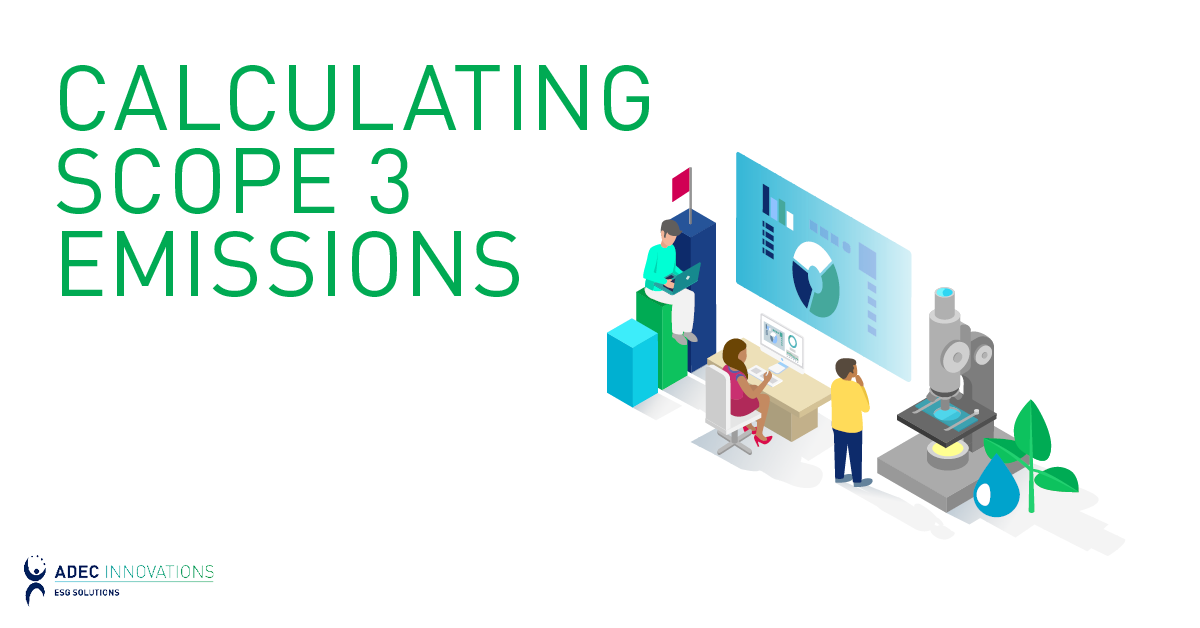The Importance of Sustainable Packaging
A crucial aspect of delivering sustainable products and services is sustainable packaging. In designing sustainable packaging for a product, companies need to answer a few questions, including: will it attract consumers to the product; how much will it cost; and will it provide needed protection for my product?

By Michele Carchman
April 5, 2016
 A crucial aspect of delivering sustainable products and services is sustainable packaging. In designing sustainable packaging for a product, companies need to answer a few questions, including: will it attract consumers to the product; how much will it cost; and will it provide needed protection for my product? Sustainable packaging is not always attractive, economical or sturdy; whereby unsustainable packaging may be cheap, convenient and strong, it is resource-intensive and wasteful.
A crucial aspect of delivering sustainable products and services is sustainable packaging. In designing sustainable packaging for a product, companies need to answer a few questions, including: will it attract consumers to the product; how much will it cost; and will it provide needed protection for my product? Sustainable packaging is not always attractive, economical or sturdy; whereby unsustainable packaging may be cheap, convenient and strong, it is resource-intensive and wasteful.
Why implement sustainable packaging? While sustainable packaging may be more expensive than conventional packaging, there are several benefits to it.
Resource Conversion
Plastic production used about 191 million barrels of hydrocarbon gas liquids (HGL) in 2010, equal to 2.7% of total U.S. petroleum consumption. Producing one cubic foot of Styrofoam requires 1.5 liters of petroleum, which is equal to what a 20-mpg car needs to travel for 8 miles.
Sustainable packaging, on the other hand, uses recycled materials and low-impact production processes – conserving raw materials, which preserves natural resources for the next generation.
Human Health and Safety
Workers involved in Styrofoam production have a high risk of suffering from skin and eye irritation, respiratory ailments, headache, fatigue, depression and kidney failure. Polyethylene terephthalate (PET), a plastic used to store beverages, contains antimony, a toxic metalloid. Antimony exposure can induce nausea, diarrhea and stomach ulcers.
In contrast, the production and handling of packaging crates made from agricultural waste (e.g., rice hull, corn fiber, straw, etc.) decreases human exposure to potentially toxic and hazardous chemicals. By promoting health and safety for both workers and consumers, companies enjoy greater profitability through reduced work-related illnesses and injuries, and greater customer loyalty.
Business Continuity
Conventional packaging depletes natural resources. Sustainable packaging demands less use of natural resources which improves, over time, the ability for businesses to continue creating products and services longer (versus having to manage natural resource depletion).
Qualities of Sustainable Packaging
Companies and consumers should be aware of the qualities of sustainable packaging.
Ensures Individual and Community Health and Safety
Bisphenol A (BPA) is a chemical that is used in manufacturing polycarbonate plastics (water and infant bottles, medical devices, CDs) and epoxy resins (bottle tops, food cans and water supply pipes). Studies have found that BPA exposure increases people’s risks of heart disease, diabetes, miscarriage, breast and prostate cancer, and psychological disorders in children.
Utilizes Recycled Materials
Sustainable packaging using recycled materials has the potential to reduce a company’s carbon footprint and resource consumption.
Employs Sustainable Business Practices
Sustainable packaging can be produced using clean technologies, best practices and appropriate safety controls.
Realizes Manufacturer’s Needs for Performance and Cost
Sustainable packaging should not be too fragile or too expensive. If the eco-friendly package is prone to breaking or too expensive, a manufacturer might choose to use conventional packaging.
Sustainable packaging may allow manufacturers to cut down operational costs, promote the sustainability of their products and increase their customer patronage.
FirstCarbon Solutions (FCS), an ADEC Organization, works with clients to identify and implement sustainable business practices that will reduce their environmental impact and improve their bottom line. For more information on best practices in sustainability, subscribe to our monthly newsletter, GreenWatch.
Related Articles
Environmental Sustainability, Environmental Impacts, Carbon Management, Environmental Issues, Environmental Compliance, Sustainability, Innovation
By Tyanna Bui on November 2, 2021
Carbon Management | GHG Emissions
By Adrienne Garcia on March 10, 2020
Environmental Impacts | Sustainability | Forests | Organization
By Kevin Bolland on December 23, 2019
Environmental Impacts | Environmental Assessments | CEQA | Environmental Planning | city planning
Be a sustainability leader.
Our team supports you no matter where you are on your Sustainability Journey. Talk to us today to learn more.




